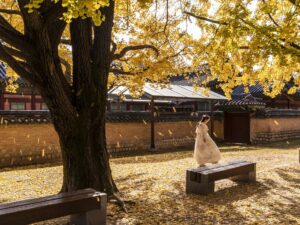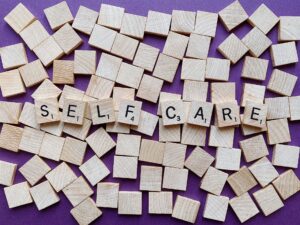The last few days different traditions have taken place around the world. Here in the US, lots of kids went Trick or Treating on October 31 for Halloween. Other parts of the world celebrated All Saints Day on November 1 (celebrated in honor of all the saints, known and unknown) which is followed on November 1st and 2nd by Day of the Dead or also called Día de los Muertos, a more Latin American custom where it is believed that the souls of the dead return to visit their living family members.
Most of these holidays are related to honoring our deceased. Many of us have experienced significant losses this past year to year and a half due to the COVID 19 pandemic.
As I realized how many of these different traditions occurred over the last week, I became intrigued with how different cultures view death.
In America we are familiar with the traditional funeral where family members, friends and relatives gather around the body (often wearing all black) and later there is a ceremony held in a church, synagogue or temple with a rabbi, priest or other officiant leading the service. At other times, instead of a funeral, there is a memorial service, which is much of the same structure as a funeral although the deceased’s body is not present at the service. Because a memorial service occurs after the remains have been cared for, there is often more room for creativity. This is because the family can take more time to plan a ceremony and decide how they want to pay tribute to their loved one. More recently there is a trend of honoring the dead with a celebration of life ceremony which is usually a more relaxed and party-like atmosphere with guests sharing stories about their loved ones.
The celebration of life sounds similar to South American people honoring their dead by holding a ‘vela’ where guests share memories of their loved ones while eating and drinking.
In Africa, most believe in ancestors (the dead who continue living and guiding their family in the afterlife) and they believe that the ancestor will become a wandering ghost if a proper funeral or burial didn’t take place. With lots of different tribes (over 3,000) and countries, there are many different traditions.
The different countries in Asia have their own specific way in viewing death and have their own unique rituals and customs. For example, in China, mirrors are removed, and cloth is hung on the doorway of their homes. Which has some similarities to Russia, where before funeral mirrors are covered and clocks are stopped to avoid more death in the family. That’s similar to the changes made to sit Shiva in the Jewish tradition.
In Western Europe, the traditional mass followed by a grave burial are influenced by beliefs in a higher power that influences funeral traditions.
I am so in awe about so many different ways and traditions to honor our death.
What is important in any culture, I think, is taking care of ourselves in those difficult times too. Partially this might be accomplished by having your family and/or friends around you for support. But selfcare also consists in making sure we eat, get sleep, regular medical care and hopefully are able to go outside in the fresh air. Other possibilities for selfcare could be: finding a hobby, watching a funny movie, reading a book, cuddling with a pet, and/or not working during your time off.
Let’s try a self care activity: Pick a window and spend a few minutes looking outside. Notice what’s happening. What shapes, colors, patterns do you see? Do you notice anything new?
Creating the tradition of self-care, not only in the difficult times when someone died, but any time is important.
To discover more about the importance of self-care and/or ideas for self-care, don’t hesitate to reach out to myself or my colleagues at Central Counseling Services. We are here to guide and help you find the right selfcare tradition for you. You can reach us at (951) 778-0230.
More info about Ilse: https://www.centralcounselingservices.net/llse-aerts



